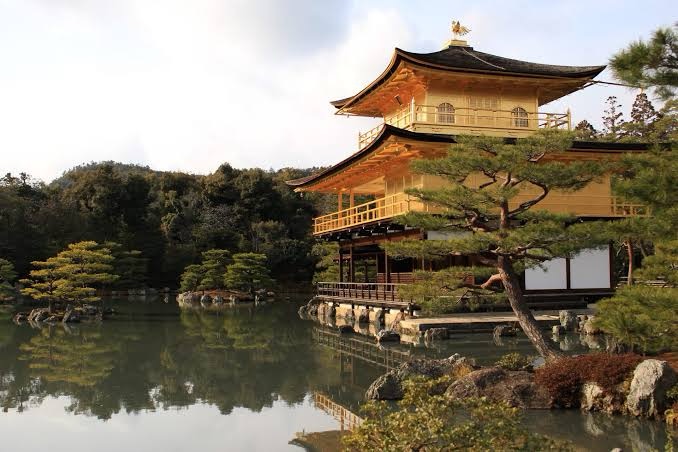Zen Japan’s cultural, spiritual, and philosophical landscape has been profoundly and significantly impacted by Buddhism, a profound and powerful tradition. Zen Buddhism, which has its roots in Mahayana Buddhism, places a strong emphasis on firsthand experience and understanding of the essence of reality, seeing beyond the boundaries of language and reason. Being one of the most well-known Buddhist schools in Japan, Zen has influenced many facets of Japanese culture, including tea ceremonies, martial arts, and art and architecture.
Zen Buddhism first appeared in Japan in the 12th century, brought back from China by Japanese monks who were returning from overseas study. The principal means of this transmission were the teachings of two highly significant individuals: Dogen, the founder of the Soto school, and Eisai, the founder of the Rinzai school. Despite having similar origins, these two different schools of Zen developed their own methods and approaches to meditation.

The development of awareness and focus through seated meditation, or zazen, is at the heart of Zen practice. In contrast to other types of meditation, Zen meditation focuses on being totally present in the moment and observing the flow of thoughts and sensations without attachment or judgment. It does not aim for any particular objective or attainment. Zen sets itself apart from other Buddhist traditions with its emphasis on firsthand experience and intuitive insight, which draws practitioners looking for a quicker route to enlightenment.

Zen Buddhism has a profound impact on many facets of Japanese culture, even outside the walls of monastic life. The tea ceremony, or chanoyu, is one of the most famous instances. It developed as a spiritual activity that was greatly influenced by Zen aesthetics and ideas. From the tea’s preparation to the tea room’s layout, every facet of the tea ceremony embodies the Zen values of simplicity, awareness, and attention to detail.

Zen gardens and temples are ageless examples of harmony and beauty, and Zen has also influenced Japanese art and architecture. For instance, the well-known rock gardens of Kyoto’s Ryoanji Temple represent the Zen aesthetic of harmony, balance, and simplicity and encourage reflection.

Not only has Zen influenced the arts, but it has also greatly influenced Japanese martial arts including kendo, kyudo, and aikido. The strict training schedules of these martial arts emphasize not just physical skill but also mental clarity and emotional equilibrium, reflecting the awareness, discipline, and self-mastery inherent in Zen meditation.
In Japan, Zen Buddhism is still very much alive and well after all these centuries, with many temples and monasteries acting as hubs for spiritual study and practice. The ageless teachings of Zen provide a haven of peace and wisdom in an ever-faster and more connected world, serving as a reminder of the value of living in the present and appreciating the richness of every moment.
Conclusion
In conclusion, the long history of Zen Buddhism in Japan is evidence of its profound wisdom and allure. Zen has inspired and illuminated the path to awakening for countless practitioners worldwide, from its modest beginnings in ancient China to its thriving presence in modern Japan. The ageless lessons of Zen invite us to awaken to the limitless potential of our own real nature as we traverse the challenges of contemporary life.
